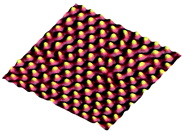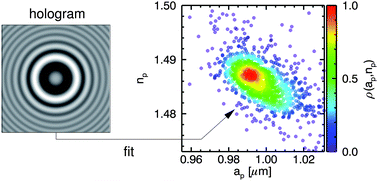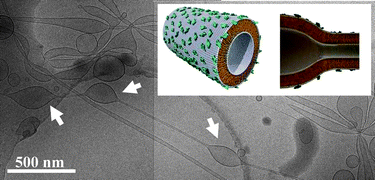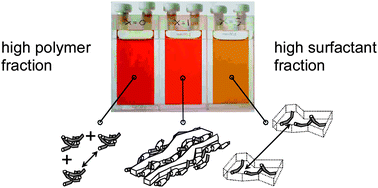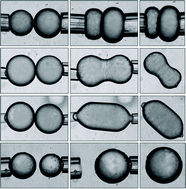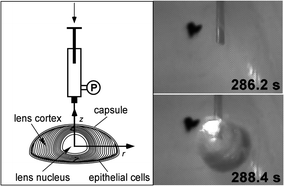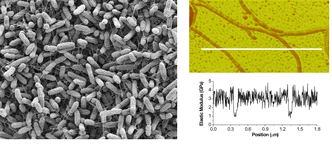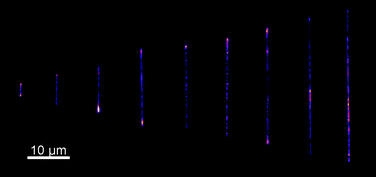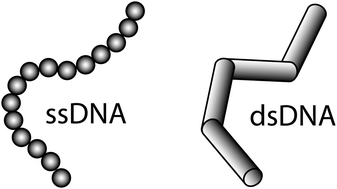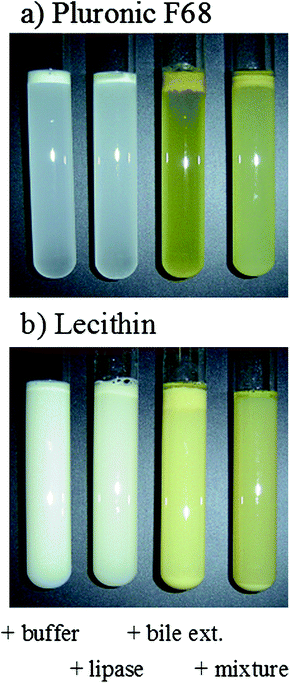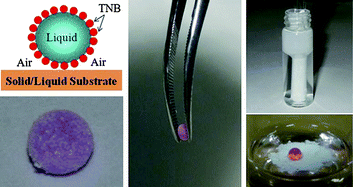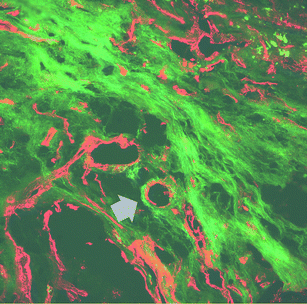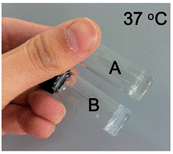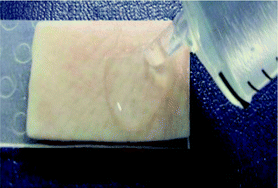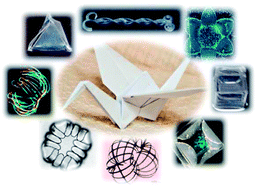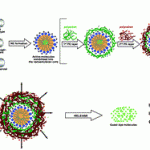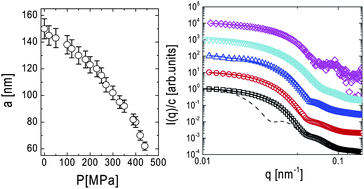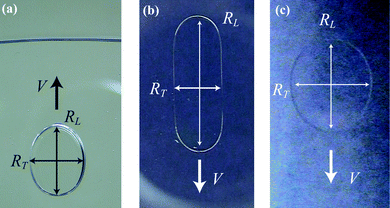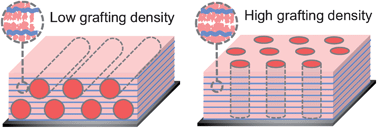Read these Hot Articles for free until 31 August>>>
Layer-by-layer (LbL) assemblies in nanoporous templates and their benefits for synthesising complex and functional nanotubular structures are described in this Review. 1D Nanostructures fabricated by the LbL nanotemplating strategy have applications in various technological areas, and are part of an emerging area of “soft nanotechnology”. Omar Azzaroni and K. H. Aaron Lau, Soft Matter, 2011, DOI: 10.1039/C1SM05561E.
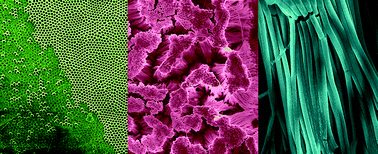
Gelation of semiflexible polyelectrolytes by multivalent counterions: Filamentous polyelectrolyte viruses have been used to study liquid crystal phase transitions and counterion-mediated condensation into bundles. Longer filamentous phage Pf1 was found to form viscoelastic gels at concentrations well below its theoretical isotropic–nematic transition in solutions containing multivalent counterions. Elisabeth M. Huisman, Qi Wen, Yu-Hsiu Wang, Katrina Cruz, Guntars Kitenbergs, Kaspars Ērglis, Andris Zeltinš, Andrejs Cēbers and Paul A. Janmey, Soft Matter, 2011, DOI: 10.1039/C1SM05553D.
Organic thin film transistors: The reason behind improved performance of organic thin film transistor devices with 6,13-(triisopropylsilylethynyl) pentacene (TIPS-pentacene) is investigated in this Hot Article. Aggregation and cluster formation of TIPS-pentacene was observed in solution well before the solubility limit. Marie-Beatrice Madec, Sean Butterworth, Pablo Taboada, Richard Heenan, Mark Geoghegan and Stephen G. Yeates, Soft Matter, 2011, 7, 7065-7070, DOI: 10.1039/C1SM05842H.











